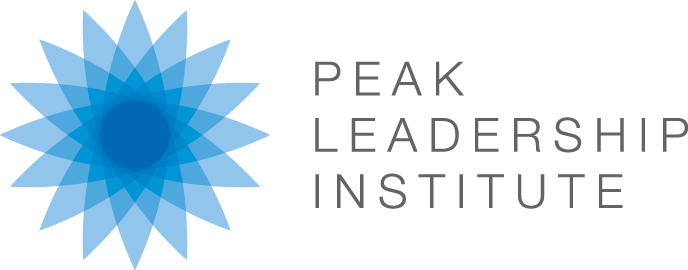That decision isn’t always obvious. Why?
Training often feels like a straight shot to progress—clear inputs, predictable outputs. Coaching, on the other hand, may ask people to pause, reflect, and build capacity in murkier ways, including unlearning some old habits. On the other hand, those that have had transformative experiences with a great coach may overlook their company’s need for the standards, control, and shared language achievable by training.
The question to ask is: what specific outcome do you want to achieve?
Training: When Precision and Efficiency Matter
Sometimes, work is just work. People need skills, knowledge, and frameworks they can reliably apply, day after day, without reinventing the wheel.
Training is perfect when you want to:
- Develop Technical Skills – No one wants their software engineers “figuring it out as they go.” When people need expertise in data, systems, or structured methodologies, training is the fastest way to competency.
- Reduce Variance & Increase Compliance – If your teams are approaching a recurring challenge 5 different ways, or if things get done differently based on who does them, you don’t have a talent issue—you have a training gap.
- Scaling Known Solutions – When promoting or moving leaders to an already-successful environment, it’s more appropriate to scale best practices through training than to encourage creative problem solving.
Training is about efficiency, repeatability, and control. But as any leader knows, not all challenges can be solved with a playbook. Some require something far messier: human adaptability.
Coaching: When the Future is Unpredictable
If training is about equipping people with answers, coaching is about helping them ask better questions.
Some of the most critical leadership moments aren’t about technical know-how at all. They’re about people wrestling with ambiguity, navigating power shifts, or finding their footing in a world that refuses to sit still. Coaching shines when you need to:
- Develop Interpersonal Skills – A leader who can’t communicate clearly, collaborate effectively, or give and receive feedback isn’t leading; they’re just occupying a position. Coaching helps people refine these human skills, which tend to determine success more than technical ability ever will.
- Navigate Change & Internal Politics – Companies don’t operate in a vacuum. Markets shift. Leadership turns over. New initiatives upend old ways of working. Coaching helps people cultivate and apply the emotional intelligence and social agility to survive—and even thrive—amidst change.
- Solve New Problems / In New Ways – What happens when there is no clear answer? When the challenge is novel, complex, or political, coaching builds the confidence, creativity, and critical thinking skills leaders need to experiment, adapt, and lead with clarity.
Choosing the Right Approach
The best leaders don’t just invest in development—they invest strategically. Ask yourself these 3 questions to decide whether your people would benefit more from training, coaching, or a mix of both.
- Do our people need technical expertise (training), interpersonal and leadership capabilities (coaching), or both?
- Does our organization need greater consistency (training), adaptability (coaching), or both?
- Do we need to implement known solutions (training), ask better questions (coaching), or both?
When leaders get this right, their people take notice.


